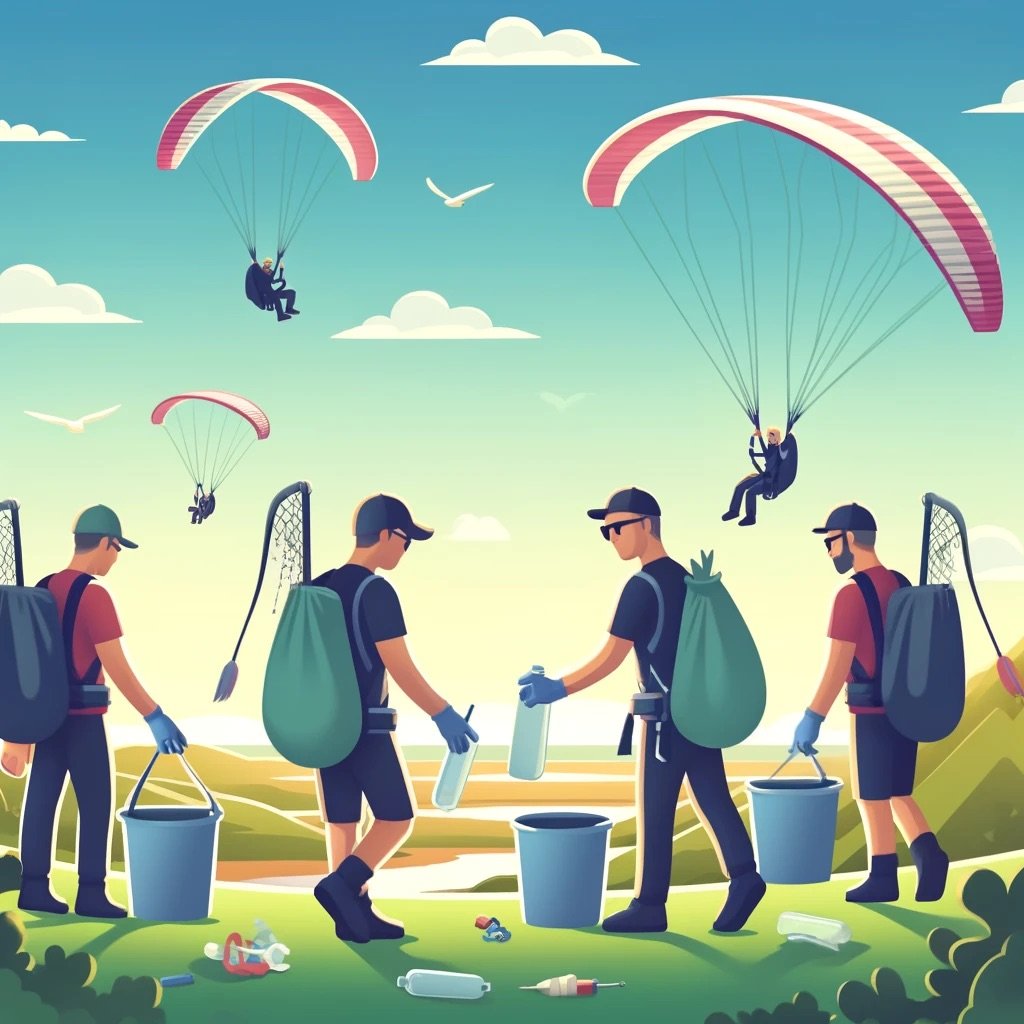Mastering advanced paddling techniques can significantly enhance your kayaking experience, allowing you to navigate more challenging waters and improve your efficiency on the water. Here are some key advanced techniques to consider.
1. Edging
- Purpose: Improve maneuverability and control.
- Technique: Tilt your kayak slightly on its edge by leaning your body while maintaining balance. This technique helps in making sharper turns and improving overall control.
2. Rolling
- Purpose: Recover from a capsize without exiting the kayak.
- Technique: The Eskimo roll, a common rolling technique, involves using your paddle and body motion to right the kayak after capsizing. Proper instruction and practice are crucial for mastering this skill.
3. Sculling
- Purpose: Maintain balance and stability in rough waters.
- Technique: Use a side-to-side sweeping motion with your paddle to create lift and support, helping to keep the kayak steady in turbulent conditions.
4. High Brace
- Purpose: Prevent capsizing and maintain balance.
- Technique: Hold the paddle horizontally above your head with elbows high and quickly push down on the water to stabilize the kayak. This technique is useful in rough waters and during sudden shifts in balance.
5. Low Brace
- Purpose: Prevent capsizing and maintain stability.
- Technique: Hold the paddle horizontally at hip level with elbows low and push down on the water to stabilize the kayak. This technique is less powerful than the high brace but is effective for maintaining balance.
6. Bow Rudder
- Purpose: Make precise turns and maintain direction.
- Technique: Place the paddle blade in the water near the bow of the kayak and angle it to create resistance, steering the kayak in the desired direction.
7. Stern Rudder
- Purpose: Control direction while maintaining speed.
- Technique: Place the paddle blade in the water near the stern of the kayak and angle it to create resistance, steering the kayak while paddling forward.
Safety Considerations
- Wear Proper Safety Gear
- Always wear a life jacket and helmet when practicing advanced techniques, especially in challenging conditions.
- Practice in Safe Conditions
- Begin practicing advanced techniques in calm, controlled environments before attempting them in rough waters.
- Get Professional Instruction
- Consider taking lessons from a certified instructor to learn advanced techniques safely and effectively.
Conclusion
By mastering advanced paddling techniques, you can enhance your kayaking skills, navigate challenging waters with confidence, and enjoy a more dynamic paddling experience. Remember to prioritize safety and seek professional instruction when learning these techniques. Happy kayaking!










